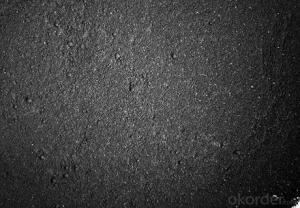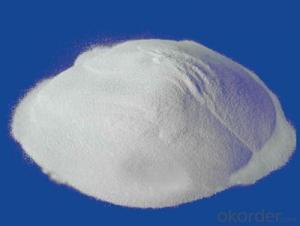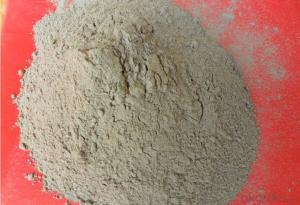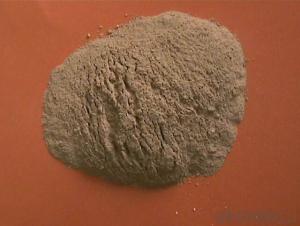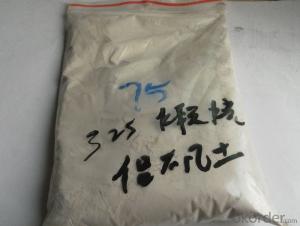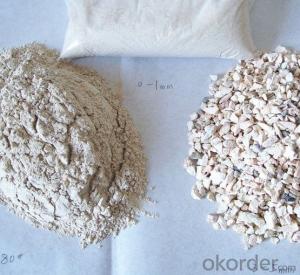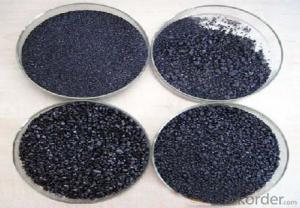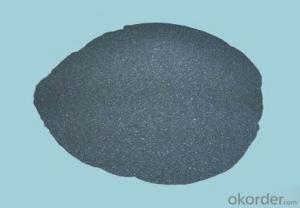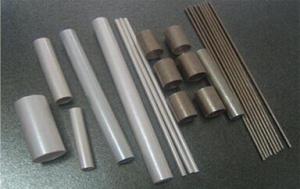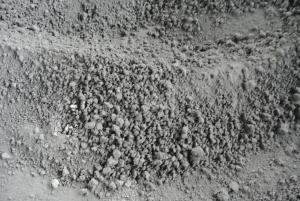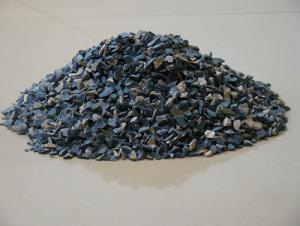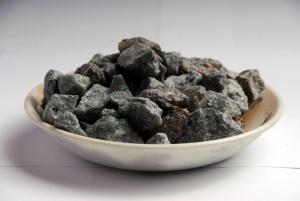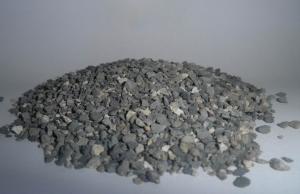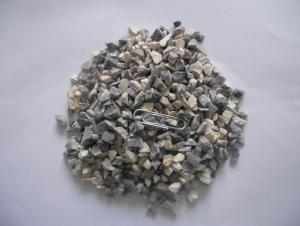Raw Materials for Refractory - Charcoal Materials
- Loading Port:
- Tianjin
- Payment Terms:
- TT OR LC
- Min Order Qty:
- 20 m.t.
- Supply Capability:
- 1000 m.t./month
OKorder Service Pledge
OKorder Financial Service
You Might Also Like
This product is made by smelting finely sorted special-A grade raw magnesite or high purity calcined magnesite grain in electric arc furnace. It features by high purity, big crystalline size, dense structure, good corrosion resistance and thermal shock resistance.
Specification:
Application
It is a good electric insulation material enduring high temperature as well as important material for making high grade magnesia bricks, magnesia carbon bricks and monolithic refractories.
In the same condition, using manganese or silicon to deoxidize separately, the burn out rate are 46% and 37%, but it is only 29% if using manganese alloy to deoxidize. So, it is used widely to smelting steel and its output increases faster than ferroalloy's, so has become an indispensable composite deoxidizing and alloy additives in steel industry. The silicon-manganese which contains carbon below 1.9% still is used to produce medium/low-carbon ferromanganese and semi-finished products of electro silicothermic process manganese metal.
- Q: what's the application of fireproofing abs materials?
- ABS is acronym of Acrylonitrile Butadiene Styrene )it is a kind of thermoplastic high polymer material with properities of high strength, good toughness, easy processing and molding. it has high strength, corrosion resistance, high temperature resistant, so it's often used in the plastic shell manufacture of instruments.
- Q: What is streaming fireproof material?
- Streaming fireproof material is castable refractory that can flow and degas without virbration, which is suitable for thin-wall or places that cannot be molded by vibration because of complex shapes. Well, appropriate amount of water is necessary for it. Its characteristic goes that it can be cast into various shapes of construction body without virbration and it will not reduce or not significantly reduce the performance of castable at the same time.
- Q: How many kinds of A-level fireproof and thermal insulation materials are there?
- Shenyang polystyrene board, extruded sheet, polystyrene particles, and polystyrene plastic plates...
- Q: How can refractory material of the electric furnace be used for longer.
- Minimize mechanical shock, Electrical furnace commonly referred to must be electrical arc furance. The wall of electric arc furnace should be constrcuted with magnesite carbon brick. Its hearth permanent layer should be constrcuted with mansornary magnesia brick. High alumina brick is usually used to aviod furnace cover suddenly get hot and cold. But its service life is lower. At present integral casting furnace cover is made of alumina magnesia. Terminal will be created even without the use of refractory material. Consumption is much faster if using refractories material or whole knottiing mainly.
- Q: What are the new refractories? What are the features? How about their application and development?
- In metallurgy, in what position should it be used, in order to make the best. Answers are as following. In iron, steelmaking or converter. When questioning, pay attention to the ways. Answers: Try to use synthetic refractory materials.
- Q: What is fireproofing material? Are fireproof materials the same thing with thermal insulation materials and refractories?
- Insulation materials. Thermal insulation material is characterized by thermal insulation, which is one of the four traditional inorganic nonmetallic materials. Fire?retardant material is cahracterized by heat-resistant. Refractory is a kind of materials of resisit high temperature. Fireproof material, which is different from thermal insulation material and refractory, is a synthetic material with some fireproof subtrate added. It is essentially resistant to high temperature.
- Q: What's the type of fire proofing thermal insulation materials?
- Hello! Fire proofing thermal insulation material can be classified as inorganic thermal insulation material and composite thermal insulation material. According to the form, it can be divided into fibrous veneer, mineral wool, rock wool, glass wool, aluminum silicate cotton, ceramic fiber, microporous diatomite, calcium silicate, expanded perlite, expanded vermiculite, aerated concrete, bubble foam glass, ash, glass, clay, foam concrete, and pasted paste powder polystyrene particles insulation pulp, etc. They are characterized by flame retardancy and fire proofing and thus can be used in buildings with high fire proofing class. Among them, calcium silicate, aluminum silicate and asbestos can also be used for the thermal insulation for heat supply pipelines.
- Q: What are the construction fire-proof materials?
- 1. fire?retardant?coating 2. fireproof?panel 3. fire proof and sealing material 4. flame resisting decorative materials 5. Green fire prevention materials
- Q: Who knows about the B-level fireproof insulation materials?
- Commonly used B-level materials: Molding polystyrene foam, extruded polystyrene board, gelatine powder polyphenyl granule heat insulating slurry. Although the polyurethane is not the commonly used material, but the 9mm composite of monolayer gypsum board and PU insulating material can reach B-level.
- Q: Who knows about the types of Dalian thermal insulating and refractory materials?
- (1) rock wool board: the heat conductivity coefficient is 0.041-0.045. It is fire retardant, has a great temperature absorption while a poor thermal insulation performance. (2) glass wool: it is simple in construction and free in cutting. It has advantages of antibiosis, mould proof, aging resistance and anticorrosion, and can ensure a healthy environment. It has a low hygroscopicity and a stable physical property. (3) expanding polystyrene board(EPS board): thermal conductivity: 0.037-0.041, it has a good thermal insulation performance, cheap price but a poor intensity. (4) extruded polystyrene board(XPS board): thermal conductivity: 0.028-0.03, it has a better thermal insulation performance, high intensity, moisture resistance while it is expensive, and requires surface treatments during construction. (5) gelatine powder polyphenyl granule heat insulating slurry: heat conductivity coefficient: 0.057-0.06, it has a good flame resistance while a poor thermal insulation performance, as well as has high construction requirements and can be recycled. (6) polyurethane foam: heat conductivity coefficient: 0.025-0.028, it has advantages of waterproofness, thermal insulation, high intensity, high integrity, and good integrity, but it has a poor fireproof?performance and is more expensive. (7) rigid polyurethane: heat conductivity coefficient: 0.018-0.023, it has advantages of low heat conductivity coefficient and good thermal performance. When the unit weight of rigid polyurethane is 35 to 40kg per cubic meters, it is equivalent to half of the EPS. It is the one with the lowest heat conductivity coefficient among all the thermal insulation materials. (8) perlite slurry: heat conductivity coefficient: 0.07-0.09, it has advantages of fire and high-temperature resistance, and high water absorption but is poor in thermal insulation.
Send your message to us
Raw Materials for Refractory - Charcoal Materials
- Loading Port:
- Tianjin
- Payment Terms:
- TT OR LC
- Min Order Qty:
- 20 m.t.
- Supply Capability:
- 1000 m.t./month
OKorder Service Pledge
OKorder Financial Service
Similar products
Hot products
Hot Searches
Related keywords
